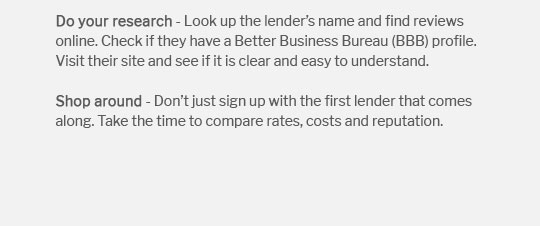 |
|||
 |
 |
 |
||
|---|---|---|
 |
||
 |
||
 |
||
 |
||
 |
 |
 |
 |
Exploring the Best House Refinance Rates: Essential Insights for HomeownersUnderstanding House Refinance RatesRefinancing your home can be a strategic move to reduce monthly payments or shorten the loan term. However, securing the best house refinance rates requires careful consideration of several factors. Factors Influencing Refinance RatesSeveral elements influence refinance rates, including:
It’s crucial to stay informed about compare mortgage rates to make a well-informed decision. Types of Refinance LoansRate-and-Term RefinanceThis type of refinance changes the interest rate or loan term without altering the loan balance. It's ideal for reducing monthly payments or paying off the loan faster. Cash-Out RefinanceThis option allows homeowners to take out a new mortgage for more than they owe, using the difference for other financial needs. It's important to note that this can affect your home equity. Steps to Secure the Best Refinance Rates
Monitoring current conventional mortgage rates can help you decide the optimal time to refinance. FAQs About House Refinance RatesHow does my credit score affect refinance rates?Lenders use your credit score to assess risk. A higher score often leads to better rates, as it indicates a lower risk of default. Can I refinance if I have low equity?Yes, options like FHA loans allow refinancing with low equity, but they may come with higher costs or insurance requirements. What is the difference between fixed and adjustable rates in refinancing?Fixed rates remain constant over the loan term, while adjustable rates can change based on market conditions, starting lower but potentially increasing over time. https://www.bankofamerica.com/mortgage/refinance/
Today's competitive refinance rates ; Rate - 6.750% - 5.875% ; APR - 6.949% - 6.153% ; Points - 0.887 - 0.647 ; Monthly payment - $1,297 - $1,674. https://www.usbank.com/home-loans/refinance/refinance-rates.html
Today's 30-year fixed refinance rates ; Conventional fixed-rate loans - 30-year. 6.625%. 6.799%. $2,971 ; Conforming adjustable-rate mortgage (ARM) loans - 10/6 mo. https://www.reddit.com/r/Mortgages/comments/1fiavzr/what_refinance_rates_are_you_getting_right_now/
The best offer I've gotten so far is 5.875% for a 30-year conventional loan with no points, no closing costs (with $2400 in lender credit), and an escrow ...
|
|---|